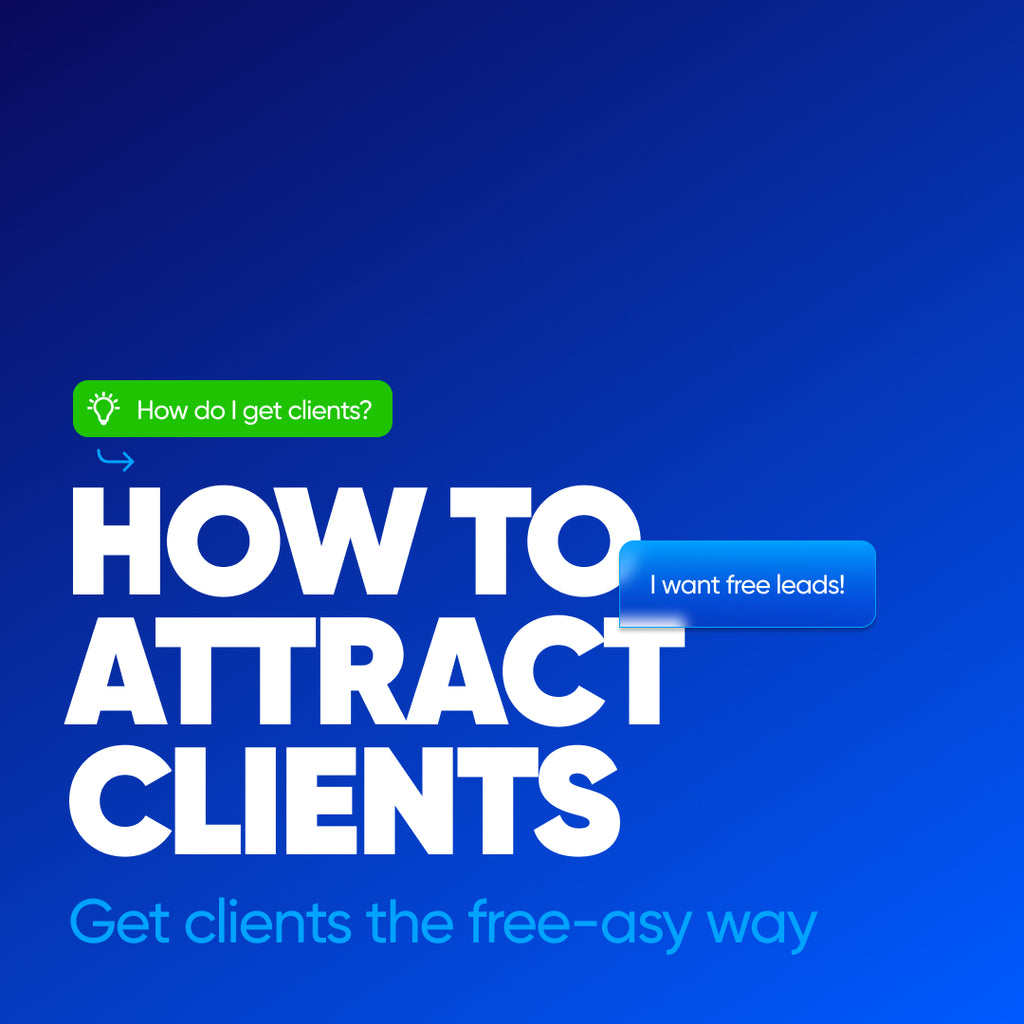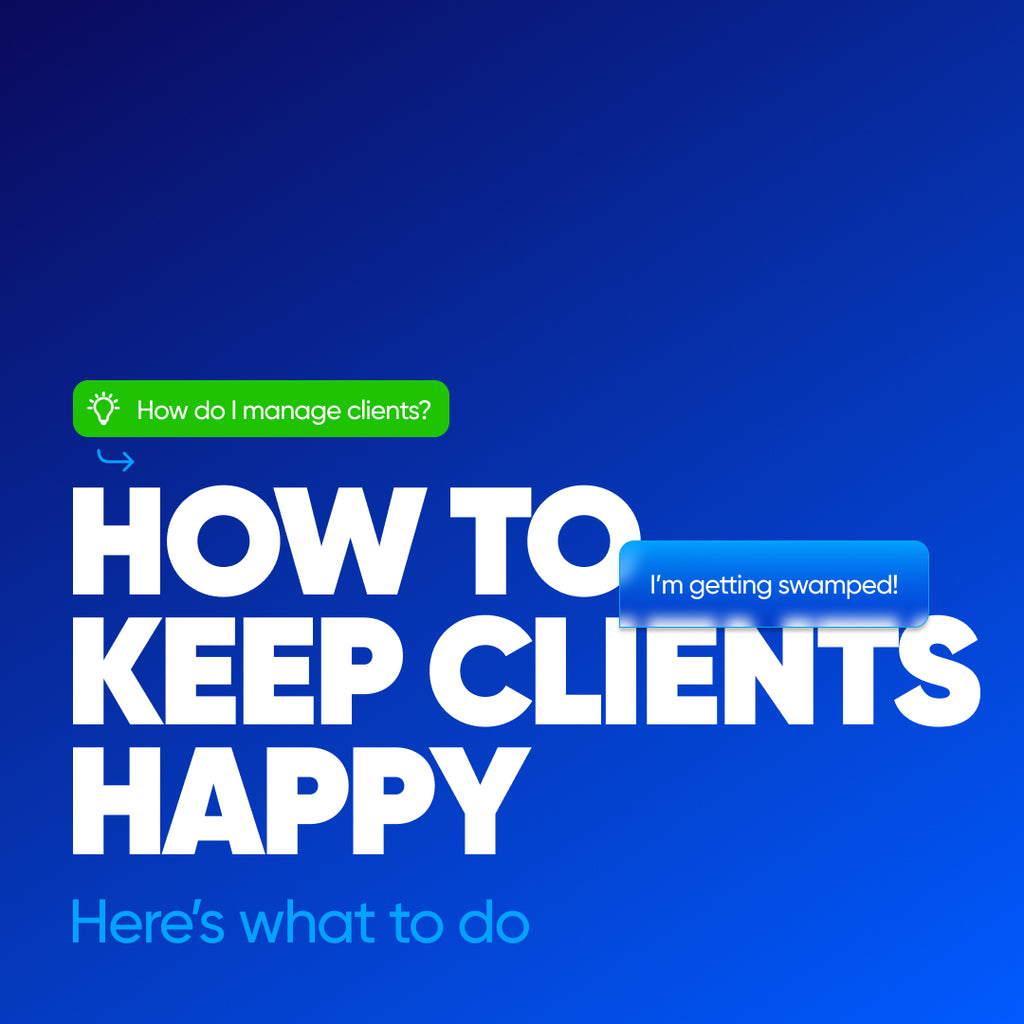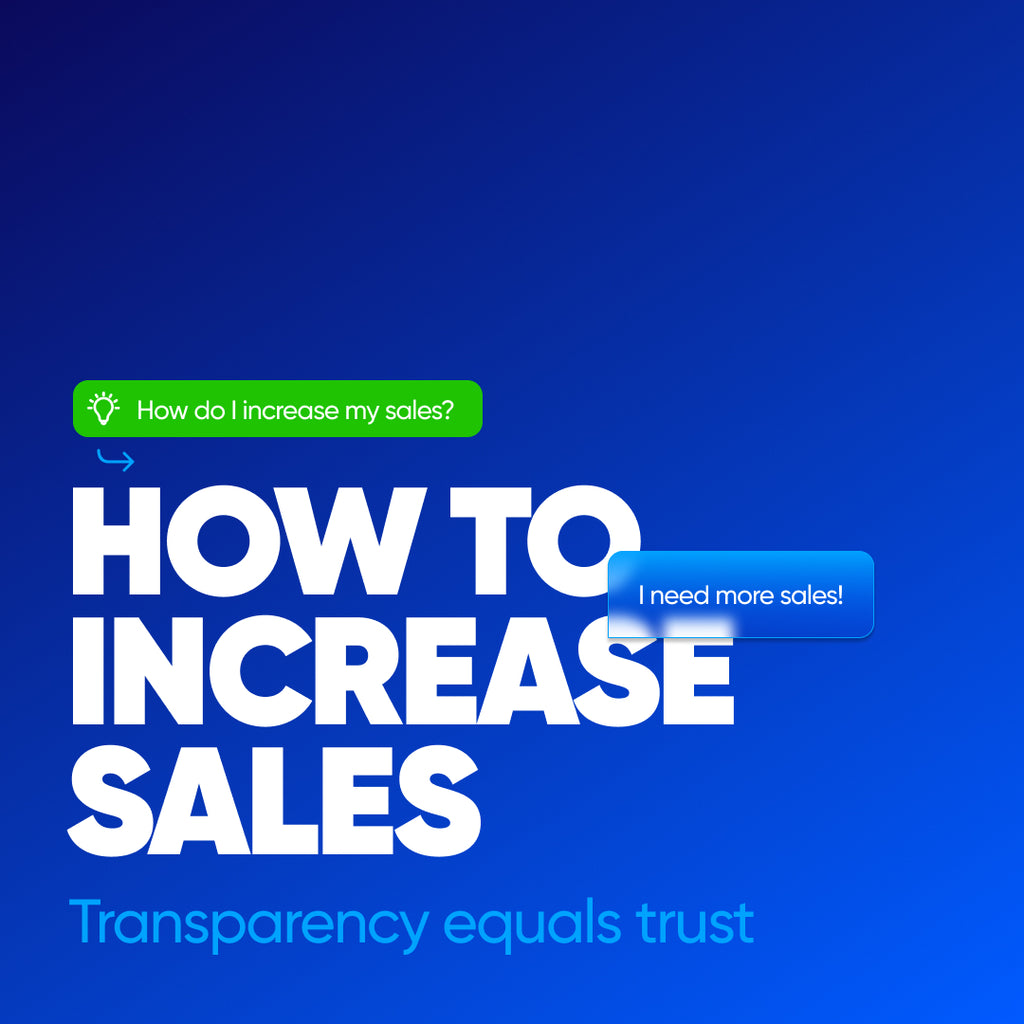Consumer activation within an online environment is a difficult one to predict; however you can increase your brand’s appeal an immense amount by following a simple set of rules that I will outline for you in this post. There are as numerous types of consumers as there are types of products in which they can purchase and elevate your brand to the point where your brand stands out and communicates itself with a positive “add to cart” goal is key to being successful.
There are two major categories, both of which I’ll explain but they require some different strategies, the first one is when you are building your proprietary brand and the second is when you are retailing a vendor’s brand. The latter can be anything from a retail store to a drop-shipping model.
Your relationship to your customer is incredibly important; building a relationship needs to be your number one goal when you are bringing your brand to market or representing a vendor’s brand to new and existing customers. To develop a relationship with your customer, you must ask what problems you are solving for your customer, why your product or service is better than your competition, how to make it accessible and hit the nail on the head when it comes to pricing.
There are stages in the buying process for any brand, regardless of whether it is your proprietary brand or a vendor’s brand. The answers to the questions above can guide you on a positive path to conversion. When viewed from an e-commerce perspective, your product or service must be able to cross platforms seamlessly and appeal to a wide range of customers. Average conversion rates have been declining in recent years in the e-commerce environment; for instance, a customer using a Tablet is 100% more likely to purchase than if that customer is using their Phone. With a ~3% conversion rate on Tablets and ~1% on Phones many of my clients don’t realize the importance of focusing on all mobile devices, not just the one in their customers’ pockets.
Over the past two years, online transactions have increased over 60%, along with a 70% increase in overall spending. There are more customers than ever shopping online but a conversion rate that keeps dropping. You can easily conclude that customer experiences in e-commerce environments is diminishing, the same way brick and mortar retailers saw a sharp decline in regards to in-store shopping. Customer experience answers many of the questions customers have, merely listing an item for sale is no longer an avenue you can travel for success, it’s one small part of the customer experience and dictates very little when it comes to purchases.
Connecting what the customer wants with the status driving their visit is key to driving brand conversion.
Let’s step back and look at the customer as a whole, the customer’s experience. This experience starts at a location, becomes an inspired want, becomes reinforced by content, delivered by accessibility, presented to the client, then the conversion happens or doesn’t. Sending an abandoned cart recovery e-mail only works a small percentage of the time, and only if the customer’s experience was positive enough to trigger a retargeted conversion.
What makes a conversion happen?
Many opinions and answers exist to this question, and getting to the heart of what the consumer wants is critical. A consumer will convert if they meet the following criteria: They get the option(s) they want, for the price they want, in the time they want, and also whether the item they are purchasing will increase their status in a particular group or environment.
“Whoa, what in the what now?”
Yes, status, it’s why we have a cheap watch and an expensive watch, why one lipstick is vastly more costly than another, why a two-door car can be vastly more costly than a four-door car.
Where I see the vast majority of start-ups and small businesses struggle is in the status effect. The company has checked all of the boxes in the conversion process except for status, and they don’t understand how to appeal to the status portion of the customer experience. When you don’t attract to the status quotient, you must lower prices which leaves you with less capital for marketing, less money for marketing leads to lower sales, lower sales leads back to lower prices, then the business fails.
It would be best if you appealed to the status quotient of the customer experience to succeed. Lowering prices is simply a race to the bottom.
This status quotient goes like this: “I really want a new lamp because it will match the room decor,” or “I want a new part for my bike because it will look cool and people will ask me about it,” “I want something cute for my baby because the neighbor has a nicer stroller,” “I want the swimsuit that Kim Kardashian is wearing in her recent Instagram post so I can match.” The list goes on and on; new wants are developed each day as we’re genetically programmed to want nicer, better, more things. We’re natural born consumers, and we reflect an infinite amount of wants.
Although the status quotient comes after the initial want, it’s the anchor. Status drives virtually everything we do, from the school we go to, the clothes we wear, the cars we drive, the charities and beliefs we align ourselves to, the music we listen to, and the list goes on. There are outliers to every market who don’t care about status, but your customers are the ones waiting in the massive crowd that focus on status.
To appeal to the status quotient of the customer experience, answer the following:
“How does your product or service make the customer feel?”
“Who does your customer look up to?”
“What aspect of your product or service can increase the status?”
“How does your customer use their status?”
Using status comes in many forms; many people think of status as a negative, I believe it can be overwhelmingly positive when used correctly. Please think of the comparison of customer who wants a product simply because someone else has it, that status is more reminiscent of envy. The next customer wants a product because of the social status implications, the product or service may directly help the environment, social justice issues or any number of causes or charities which interest the customer.
Connecting the status and the want is the next key. This process allows you to sell your product for a much higher profit and therefore increase your cycle rate of selling and marketing to grow your critical mass of customers.
Whether you are selling baby, bike, fashion, skin care or any other product for that matter you must find that initial “want” that connects your brand to your customer’s status requirements.
So how do you do this?
When answering the customer’s wants, first put yourself in their shoes and think of what could they possibly want and how you can deliver it. To role-play this a little, develop five questions that could provide your customer’s want.
For example, we can start with a fictional baby product. Here are some of the questions I believe my customers want:
“I want a toy that goes above my baby’s crib that plays music.”
“I want a safety product for my baby that tells the temperature of the bath.”
“I want a toy that is safe for my baby in case they put it in their mouth.”
“I want toys that educate my baby.”
“I want a doll that is hand made of natural materials.”
Now, let’s connect those wants above to the implied status quotient:
“I want a toy that goes above my baby’s crib that plays music.”
“I’m guiding the development and culture of my child.”
“I want a safety product for my baby that tells the temperature of the bath.”
“I’m a caring parent, and I want people to know.”
“I want a toy that is safe for my baby in case they put it in their mouth.”
“I don’t want to seem like I just buy any old thing; my purchases have a purpose.”
“I want toys that educate my baby.”
“I want to make sure my child is the smartest in the room.”
“I want a doll that is hand made of natural materials.”
“I don’t want children making toys for my children.”
When you break down the wants of your customer, it’s fairly easy to connect them to your brand. In the above example, there are many key words, and conversational writing that must be added to your product to fit your brand to the customer’s wants and connect the status quotient.
Answering these questions, and connecting the wants with a status increase is immensely talented and will most actively drive conversion.
Do you need help with connecting your customer’s want with their status requirements? Comment below.

Learn what would make you buy from my site by Scott Luscombe Creatibly




